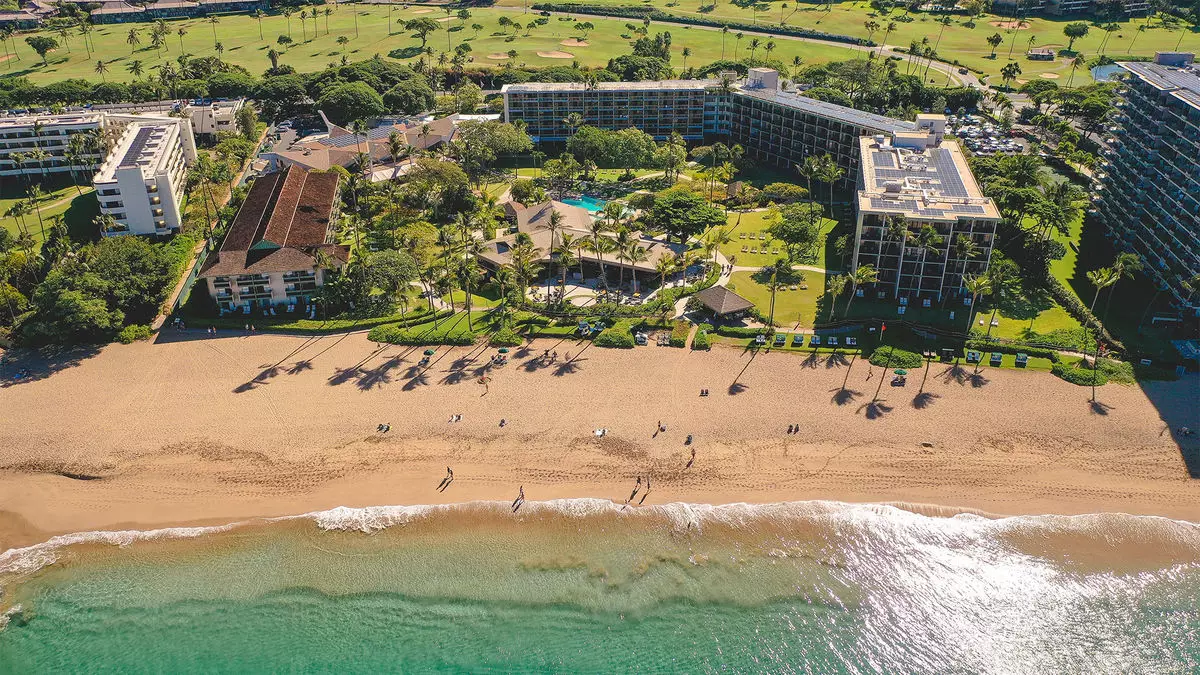In early 2023, Maui endured one of its most catastrophic wildfire seasons, leading to tremendous economic setbacks and a significant decline in tourism—a pillar of the island’s economy. Eighteen months later, Hawaii’s government has chosen to act, announcing a $6.3 million ad campaign aimed at reviving the island’s tourism sector. Governor Josh Green emphasized the urgency of this initiative in responding to the lasting impacts of the wildfires while also considering additional stressors such as the recent wildfires in Los Angeles County.
Tourism statistics paint a bleak picture for Maui. Data from CoStar highlights an alarming reality—the island experienced the steepest drop in hotel revenue per available room (RevPAR) in the United States, which plummeted by 13.2%. This downturn results not only from a fall in hotel occupancy rates but also a general decline in the average daily room rates, both crucial metrics for gauging tourism health.
As the hospitality sector grapples with these concerns, statistics presented by industry experts highlight the sharp decline in visitors. In 2024, Maui welcomed about 2.35 million visitors, a 6% reduction from the previous year and a staggering 23.4% decrease compared to 2019, when nearly 3.1 million vacationers explored the island. These figures serve as stark reminders of the challenges Maui faces, suggesting that the road to recovery is fraught with hurdles.
James Kunane Tokioka, the director of the state’s Department of Business, Economic Development and Tourism (DBEDT), described the dire situation. Specific areas—especially West Maui—are struggling much worse than before due to lower occupancy rates. A critical observation from Michael Stathokostopoulos, a senior director at CoStar Group, acknowledges that while hotel occupancy demand had rather impressively rebounded to around 87% in 2022, it has since receded to only 77% of 2019 levels in 2024.
Forecasting Recovery: Optimism Amidst Challenges
Despite this unmistakable contraction, some industry voices still cling to optimism about Maui’s tourism recovery prospects. Stathokostopoulos projects a gradual growth in RevPAR, predicting potential increases of over 5% annually in the coming three years, primarily due to rate growth, not occupancy increases. This outlook raises the question of how the tourism landscape in Maui can evolve in the face of declining visitor numbers and if the makeup of its accommodations—including a focus on upscale properties—will be enough to stabilize revenues.
Notably, the larger picture is complicated by external events, such as the wildfires in Los Angeles—Hawaii’s largest source market for tourists. This interdependence complicates efforts to rekindle demand in Maui, making clear that the state’s marketing measures must be strategic in response to evolving market conditions.
As marketing plans are being pinned down, there is a sense of urgency behind these initiatives. Many in the tourism sector believe that the targeted allocation of the marketing budget will significantly aid Maui’s recovery. CEO Jeff Wagoner of Outrigger Hospitality Group hints at noteworthy signs of recovery, suggesting that the initial months of 2025 have brought a glimmer of hope with a resurgence in occupancy rates.
Wagoner, while advocating for optimistic outlooks, emphasizes the long journey ahead for a complete recovery. However, he sees the potential for the newly injected marketing funds to turn the tide, not solely for Maui, but for the entire Hawaiian archipelago, as tourists typically encompass multiple destinations during their travels.
While Tokioka confirmed that effective marketing approaches will be the cornerstone of revitalization efforts, the tourism sector is urged to innovate. Instead of merely attempting to reproduce pre-wildfire visitation levels, there is a growing acknowledgment that enhancing visitor experiences may be crucial to ensuring they invest time and resources into returning to the islands.
The concerted efforts to emerge from this adversity—a combination of strategic financial investments, careful consideration of visitor patterns, and a responsive approach to external market influences—will ultimately determine the future of Maui’s tourism economy. The pathway is challenging, yet the island’s resilient spirit and proactive strategies could pave the way for its renewal in both tourism and its broader economic landscape, bringing hope to the residents who rely so heavily on this vital sector.
- The Rise of Aberlour 18: A Triumph in the World of Scotch - June 24, 2025
- The Departure of Captain Kate McCue: A New Chapter Begins - June 24, 2025
- Transforming Travel: The Promising Future of NDC Adoption in the Aviation Sector - June 24, 2025


Leave a Reply